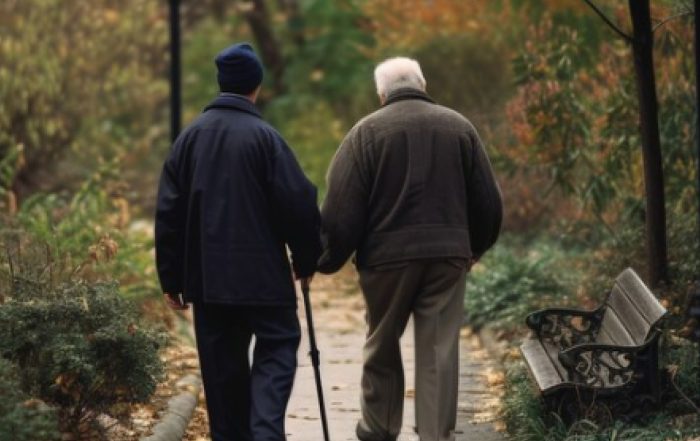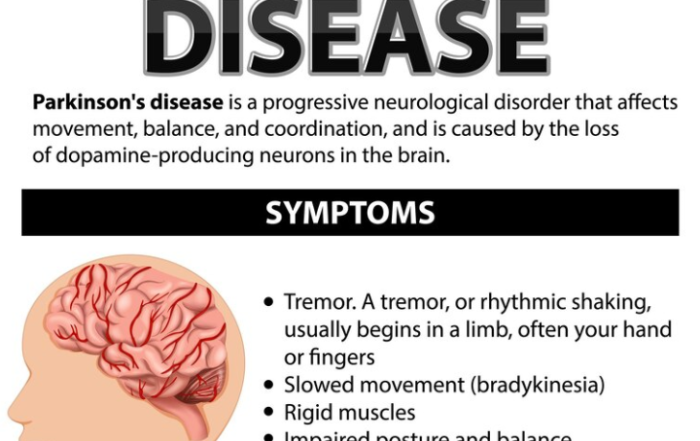You may already have a thorough personal care routine for the senior loved one in your life – but does it include foot care?
As we get older, our feet need extra attention. Decades of walking cause our arches to flatten and our feet to widen. As the skin thins and the pads of the feet wear down, those bones and joints become vulnerable to bunions and pressure sores.
Healthy feet are essential for wellness in ways you may not expect. Proper foot care:
- Prevents infection
- Promotes good balance
- Encourages mobility
- Helps identify and treat injuries before they worsen
- Is a critical part of fall prevention
 Keep seniors’ feet clean and moisturized.
Keep seniors’ feet clean and moisturized.
Feet are one of the most common sites of infection. Bacteria can enter through small breaks in dry, cracked skin and quickly lead to a cascade of other health problems.
Though most of us take time to clean our feet in the bath or shower, seniors who supplement full-body washes with daily sponge baths may overlook them.. Additionally, mobility challenges may make it difficult for seniors to care for their own feet and legs.
Prevent fungal, bacterial, and yeast infections by making foot care part of your senior’s daily routine. Wipe feet and legs with a warm washcloth, dry thoroughly, and apply a light layer of moisturizer (avoiding the area between the toes).
Watch out for blisters and sores.
Keep an eye out for any cuts, sores, or blisters on your senior’s feet and legs, and get medical attention when needed.
Even minor injuries can worsen quickly if they aren’t cared for properly. This is particularly true for older adults with diabetes. A type of nerve damage called diabetic neuropathy can make it difficult for seniors to realize that they have stubbed a toe, gotten a blister, or stepped on a sharp object. Without any pain signals to get their attention, damage to the feet can be overlooked.
Thoroughly inspect the feet for injuries during regular washing. Not only can foot care be an enjoyable, spa-like experience for your loved one, but it also gives caregivers a chance to identify any signs of trouble before they escalate.
Take care when trimming nails.
Be gentle when trimming seniors’ toenails. Cut straight across and file them carefully to avoid any sharp or jagged edges that might injure neighboring toes.
If your senior loved one is diabetic, has exceptionally thick nails, or is fearful of having their toenails trimmed, you may want to seek assistance. Podiatrists and professionals who specialize in diabetic pedicures can ensure your loved one’s safety during nail care.
Ensure good circulation in the legs and feet.
Did you know that heels are one of the most common sites for pressure sores?
Seniors who spend most of their day seated tend to rest the heels of their feet against the floor. Over time, the lack of blood flow encourages the skin in that area to break down.
Good circulation in the extremities is your first line of defense against secondary infection and blood clots. Regularly massage your loved one’s feet and legs, and consider compression socks or stockings. If your senior is going to be seated for an extended period of time, it’s a good idea to slightly elevate their lower legs with a pillow or footrest.
Get help with personal care.
When it comes to proper foot care, consistency is key. In-home personal care services can help ensure your loved one’s needs are being met.
Personal care professionals can be a friendly face for seniors and a lifeline for family members. They can make foot washing a part of your senior’s daily routine, and will alert you and your care team to any health concerns they discover.
Quickly identifying and addressing any injuries and infections will promote total-body wellness for your senior loved one.
 Keep seniors’ feet clean and moisturized.
Keep seniors’ feet clean and moisturized.




